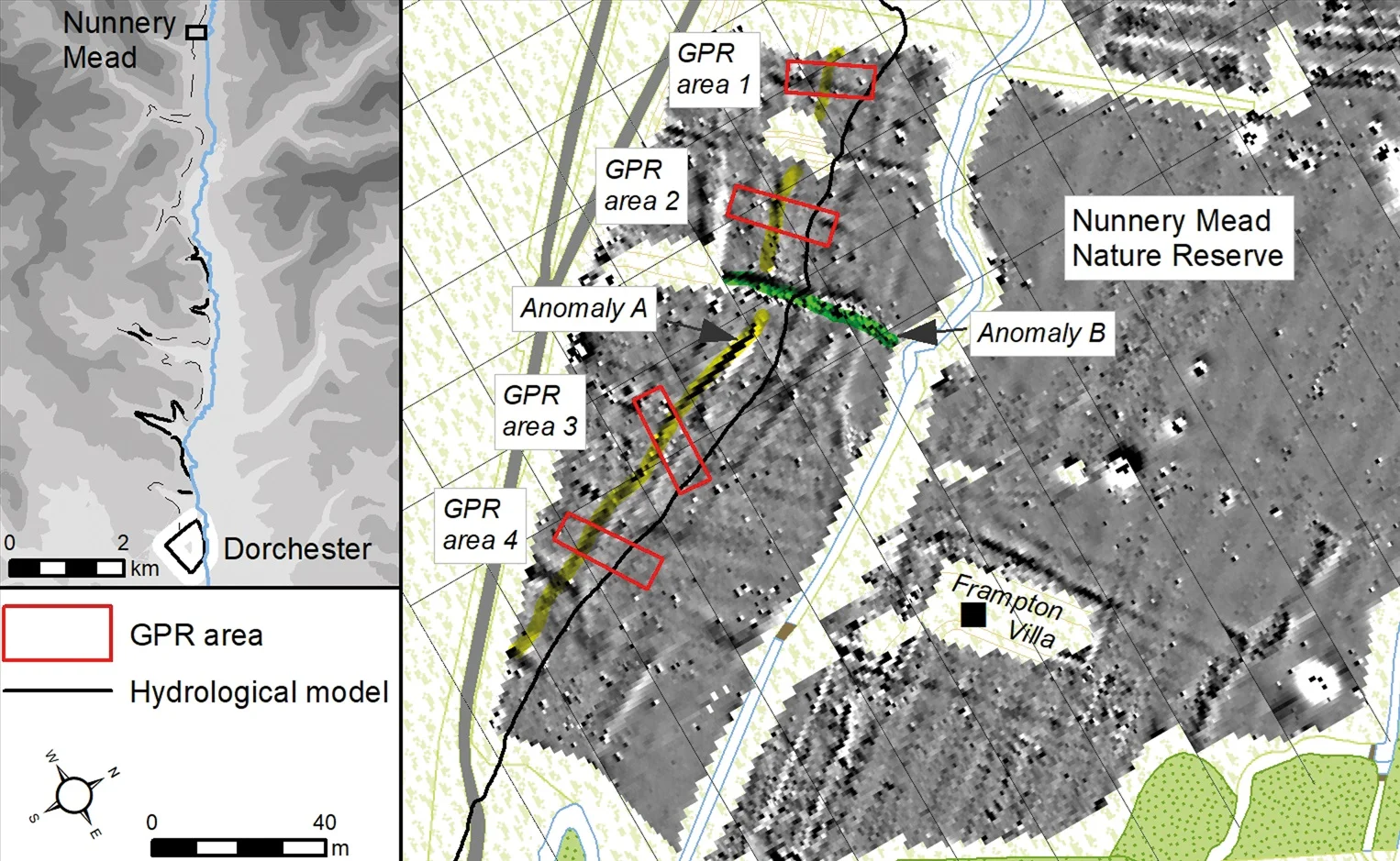Archaeologists from Bournemouth University have uncovered traces of the Dorchester aqueduct, one of the longest Roman watercourses in Britain that supplied water to Durnovaria (Roman Dorchester).
Most major population centres in the Roman world required the construction of aqueducts to supply fresh water to public baths, affluent homes, and fountains for drinking water.
“Getting water supplied into prominent structures and buildings in the town would have been a sign of modern living at the time, and an indicator of the town’s status,” said Harry Manley from Bournemouth University. “Understanding more about how it was constructed and maintained, and where it began, adds further detail to this vital aspect of Roman life,” Manley added.
Despite a number of Roman aqueducts having been identified in Britain, only a handful have been fully researched or archaeologically investigated.
The recent discovery by BU’s Department of Life & Environmental Sciences now extends the length of the Dorchester aqueduct by a further two kilometres to Notton on the River Frome.
Archaeologists conducted a LiDAR study at an area further upstream from the previously suggested water source at Steppes Bottom lake.
This, combined with a geophysical survey at Frampton Villa revealed evidence of ground disturbance, which led to an archaeological investigation that uncovered the existence of decomposed wooden planks that would have formed a rectangular, box-shaped conduit or covered trough.
According to a study published in the journal Britannia: “ The size of the conduit was approximately 1.0 m wide and 0.35 m deep. The new excavation data have also provided fresh evidence for the methods used in the construction of the aqueduct. This information will be added to the existing archive of archaeological investigations compiled over the previous 100 years with the aim of producing a comprehensive analysis along the full length of the Dorchester Aqueduct.”
Header Image Credit : Bournmouth University
Sources : Bournmouth University – https://doi.org/10.1017/S0068113X24000254







